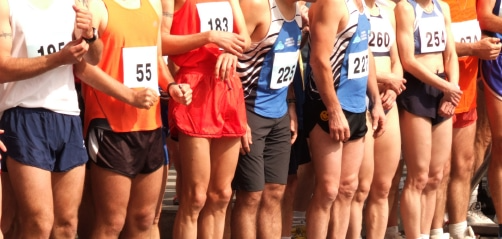Exercise Slows Aging You don’t have to look far for the fountain of youth. It is within you. One of the...

Exercise Slows Aging You don’t have to look far for the fountain of youth. It is within you. One of the...
© 2025 jackomd180. All rights reserved.